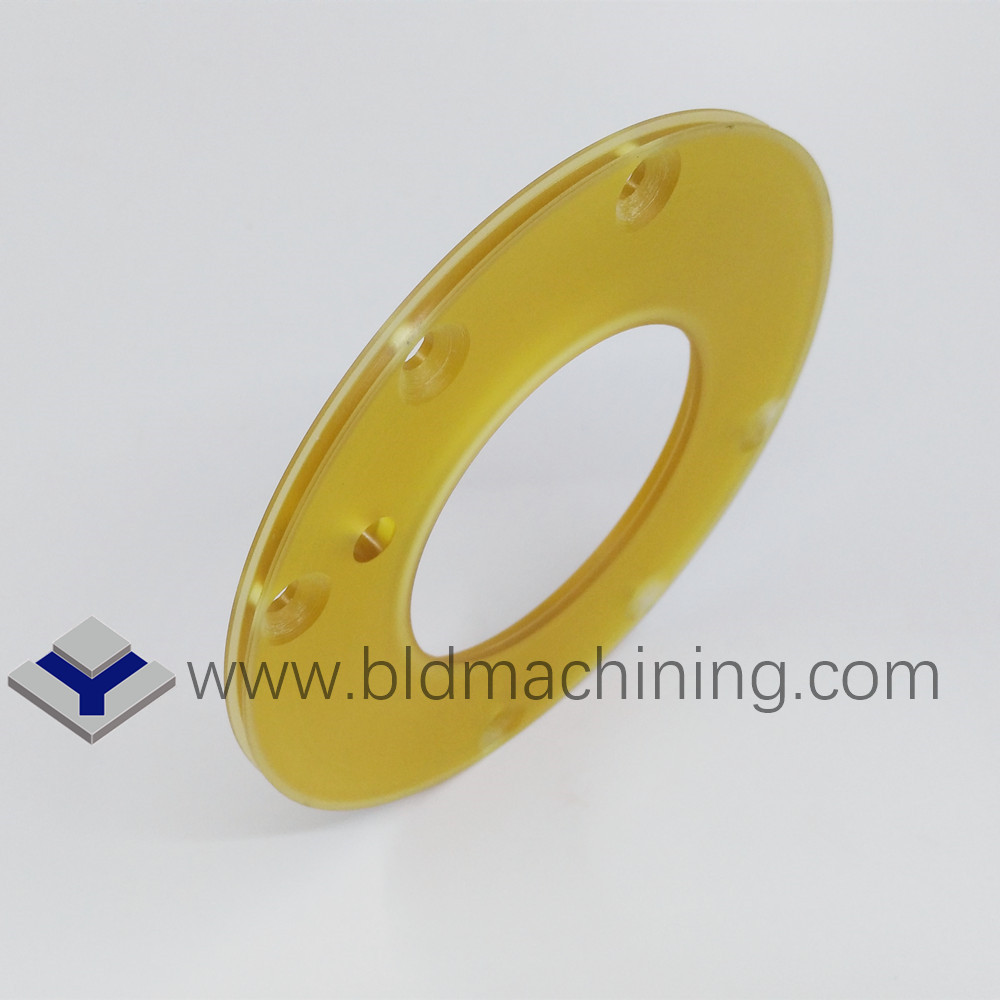
Privacy statement: Your privacy is very important to Us. Our company promises not to disclose your personal information to any external company with out your explicit permission.
Before discussing the process of Machining ULTEM, it`s important to understand exactly what plastic machining is.
CNC (Computer Numerical Control) machining is a process in the manufacturing sector that involves the use of computers to control machine tools. In the case of plastic machining, this involves the precise removal of layers from a plastic sheet, rod, tube or near net molded blank.

The early history of CNC machining is almost as complex as a modern CNC system. The earliest version of computer numerical control (CNC) technology was developed shortly after World War II as a reliable, repeatable way to manufacture more accurate and complex parts for the aircraft industry. Numerical control-the precursor to CNC-was developed by John Parsons as a method of producing integrally stiffened aircraft skins.

Among other uses, ULTEM is popularly used in medical instrument components, aircraft interiors, missile and defense-related components, electrical insulation parts, and semiconductor equipment components.
Ruiyihang professionally provides CNC precision machining services, please feel free to contact us if you have any needs.

Privacy statement: Your privacy is very important to Us. Our company promises not to disclose your personal information to any external company with out your explicit permission.

Fill in more information so that we can get in touch with you faster
Privacy statement: Your privacy is very important to Us. Our company promises not to disclose your personal information to any external company with out your explicit permission.